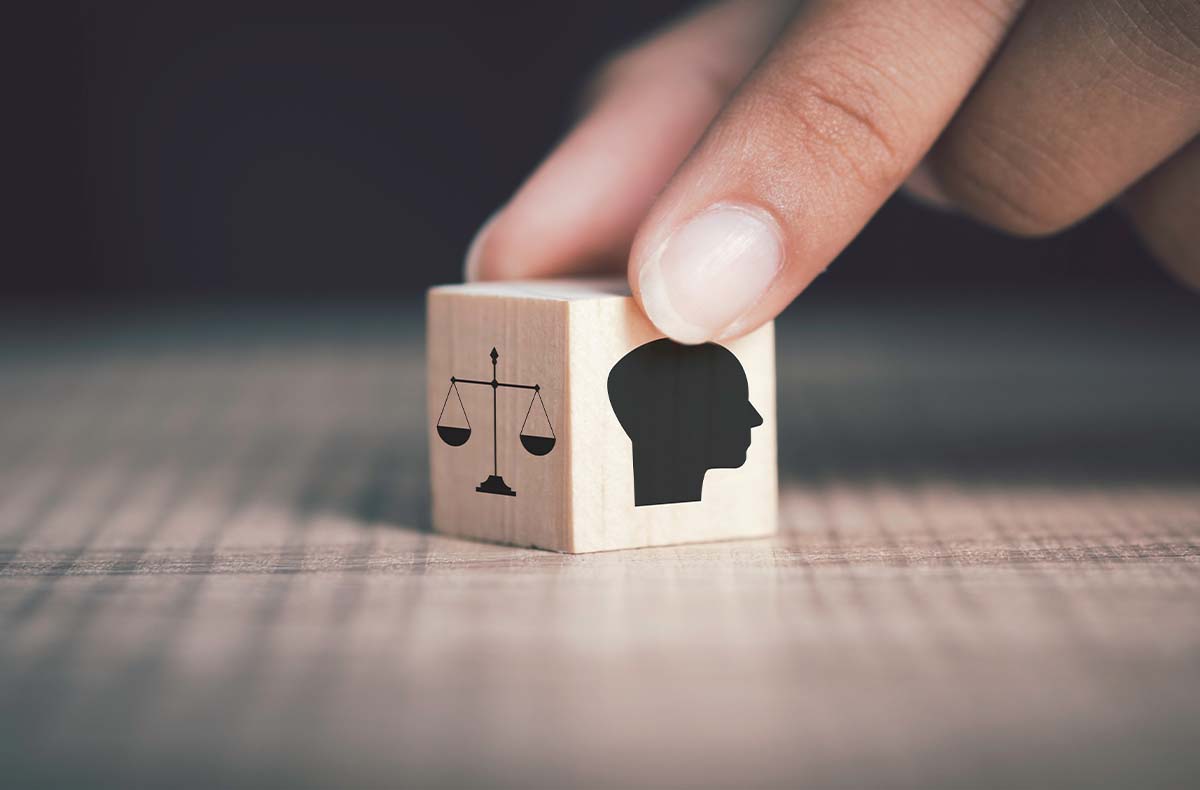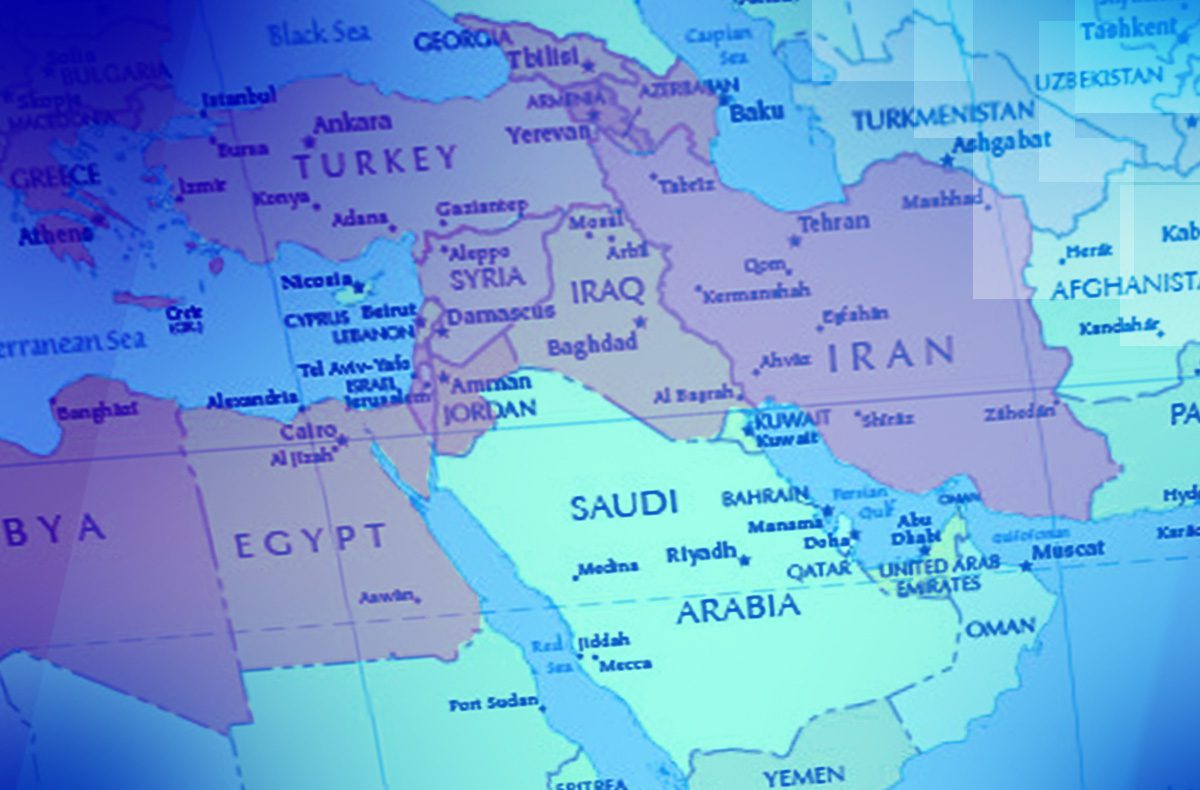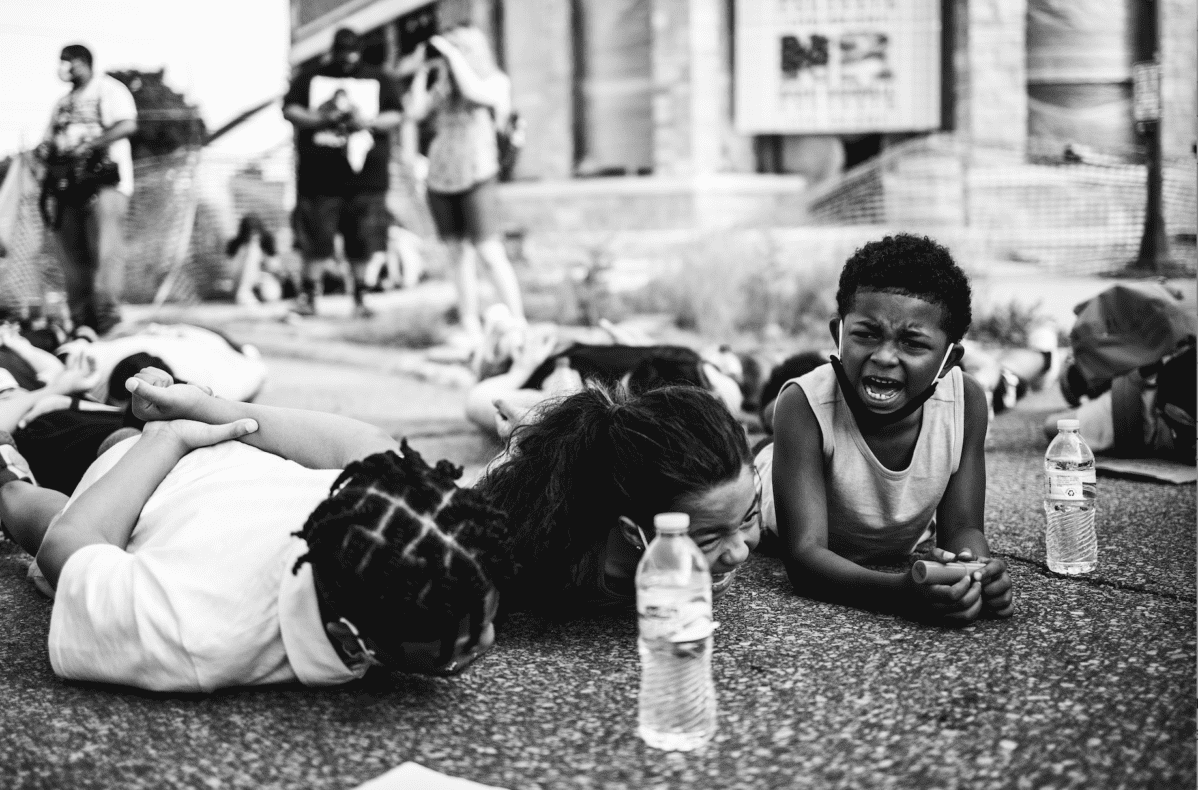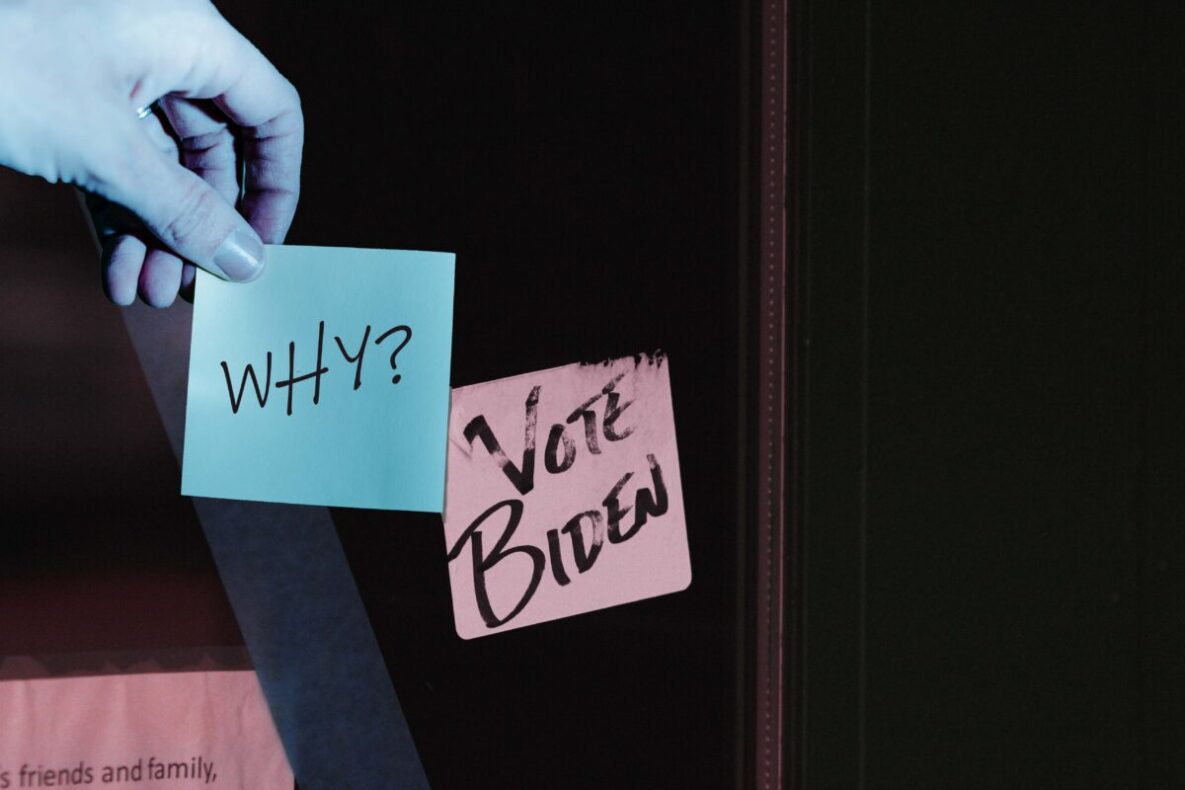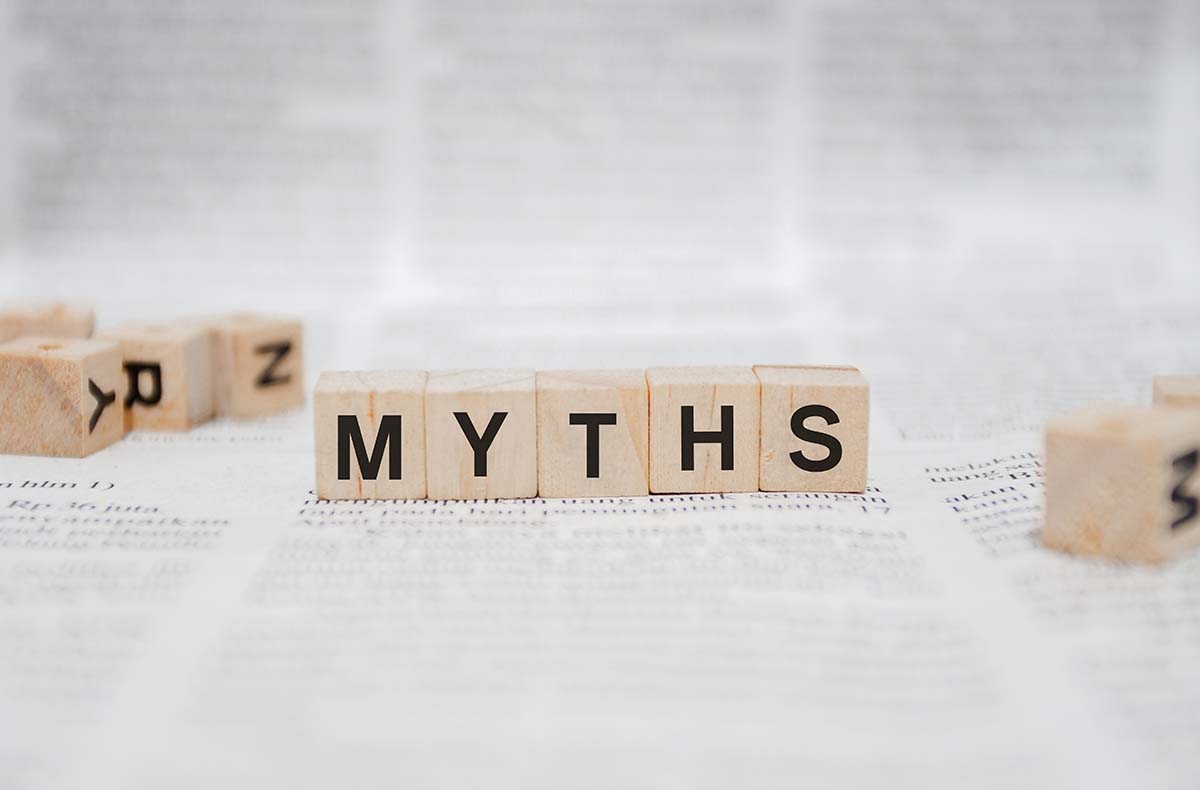
One important way to protect your kids from corrupted religion (a term I introduced in my first article) is to teach them what “myths” are. Myths are not lies—which is the way the word is most commonly used. A myth is a story (invented by humans, not the gods) that is different from an ordinary story.
A myth speaks to and expresses the deep and universal desires and fears of human beings and also reflects their quest to understand. What are the sun, moon and stars? Why is there pain and suffering in the world? Can anyone save us? Where do we go when we die?
When you feel your kids are ready for this topic, go to your library or to a streaming service and find The Power of Myth, a wonderful series of video interviews that journalist Bill Moyers conducted with Joseph Campbell, who was a widely popular and influential professor of comparative mythology. There is a companion book with the same title. The videos are understandable (with a parent/guardian’s help), even for kids in late elementary school. Break them into 15-minute intervals and discuss what was said.
Creation stories, flood stories, virgin births, judgment days, deaths and resurrections. These occur across cultures and across time. Using a term I introduced earlier, many times you can “defang” attempts to force a story on you as “truth” by pointing out that no particular religious tradition is unique or different in the stories they tell.
They share many common myths. The Bassari people in West Africa tell of a serpent who convinced a man and woman to eat forbidden fruit. Their God came down from the sky to ask who told them to eat the fruit. “Snake did,” they replied. Quite familiar, isn’t it? Or consider other ancient flood myths like the Sumerian Epic of Gilgamesh, written 1,000 years before the Hebrew scriptures. Hindu mythology tells a similar story.
In another of Campbell’s books, Myths To Live By, he notes that modern scholarship has found just about everywhere stories of virgins giving birth to heroes who die and are resurrected. India has many such legends. Campbell wrote: “In Egypt there was the story of the slain and resurrected Osiris; … In Syria, Adonis; and in Greece, Dionysus: all of which furnished models to the early Christians for their representations of Christ.”
It is impossible to read these cross-culture and across-time mythologies and then return to the Hebrew and Christian scriptures and feel exactly the same way we did before about the stories they tell.
The stories are not lies. They are myths. They tell of deep and profound hopes and anxieties we have as human beings. They often spring from the unconscious, even a universal unconscious. They ask about what life means and what our place is in the universe. Many seem to speak to a near-universal desire for a hero that can save us—even to the point of being killed and brought back to life.
Myths help us understand ourselves as well as others. This is the point made by historian of religions Wendy Doniger in Other Peoples’ Myths. She asked: “What do we learn from the stories that human beings have told about strangers, animals, gods, and children?”
We “learn things about ourselves by studying these stories… and stories told by other peoples are one of our best sources of knowledge about them.”
Read these kinds of stories to your children, both for education and enjoyment—but also as a means to understand other cultures and to experience all that we have in common with others, across time and around the world. For example, you could read a child’s or youth’s version of the Greek myths. When our kids were growing up, we had a book called Myths and Enchantment Tales. Or read stories rooted in your ethnicity or culture.
You can impress upon your kids that knowledge of other people’s stories is not threatening but comforting. How good it is to know that we share so many feelings and desires with people across history and around the world. We are not alone with our dreams and fears.

